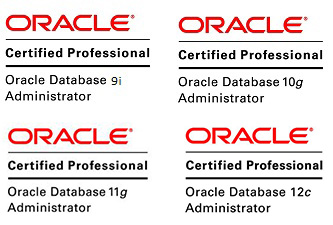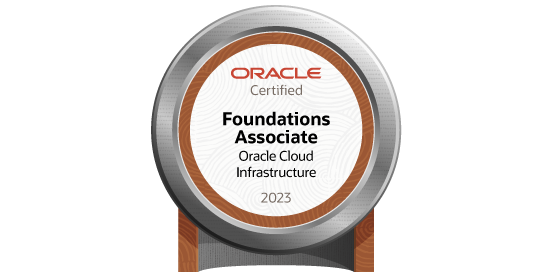ORA-00054: resource busy and acquire with NOWAIT specified or timeout expired
Posted by Mir Sayeed Hassan on August 27th, 2023
ORA-00054: resource busy and acquire with NOWAIT specified or timeout expired
The above error accour while creation of the table in database.
Create table statement
create table MIR.RELATION ( ID VARCHAR2(255 char) not null primary key, DESTINATION_ID VARCHAR2(255 char) not null, SOURCE_ID VARCHAR2(255 char) not null, );
Error report – ORA-00054: resource busy and acquire with NOWAIT specified or timeout expired 00054. 00000 – “resource busy and acquire with NOWAIT specified or timeout expired” *Cause: Interested resource is busy. *Action: Retry if necessary or increase timeout.
Solution to overcome this issue.
This cause due to the exclusive lock on a table., it can be DDL/DML transaction fail and acquire the lock for table., therefore the transaction will failed and get the above resource busy error.
Solution 1 – You can increase the below parameter as shown below, therefore the DDL will wait in the lock queue for the resource to be available for execution.
alter session set ddl_lock_timeout=300;
Solution 2 – There is another solution by killing the active session immediately.
Check the object locked by query
SQL> select s.sid, s.serial#, p.spid from v$session s, v$process p where s.paddr = p.addr and s.sid in (select SESSION_ID from v$locked_object);
Kill the object locked session
alter system kill session '1630,57281' immediate;
create table.
create table MIR.RELATION ( ID VARCHAR2(255 char) not null primary key, DESTINATION_ID VARCHAR2(255 char) not null, SOURCE_ID VARCHAR2(255 char) not null, ); Table MIR.RELATION created. =====Hence tested & verified in our test env====






